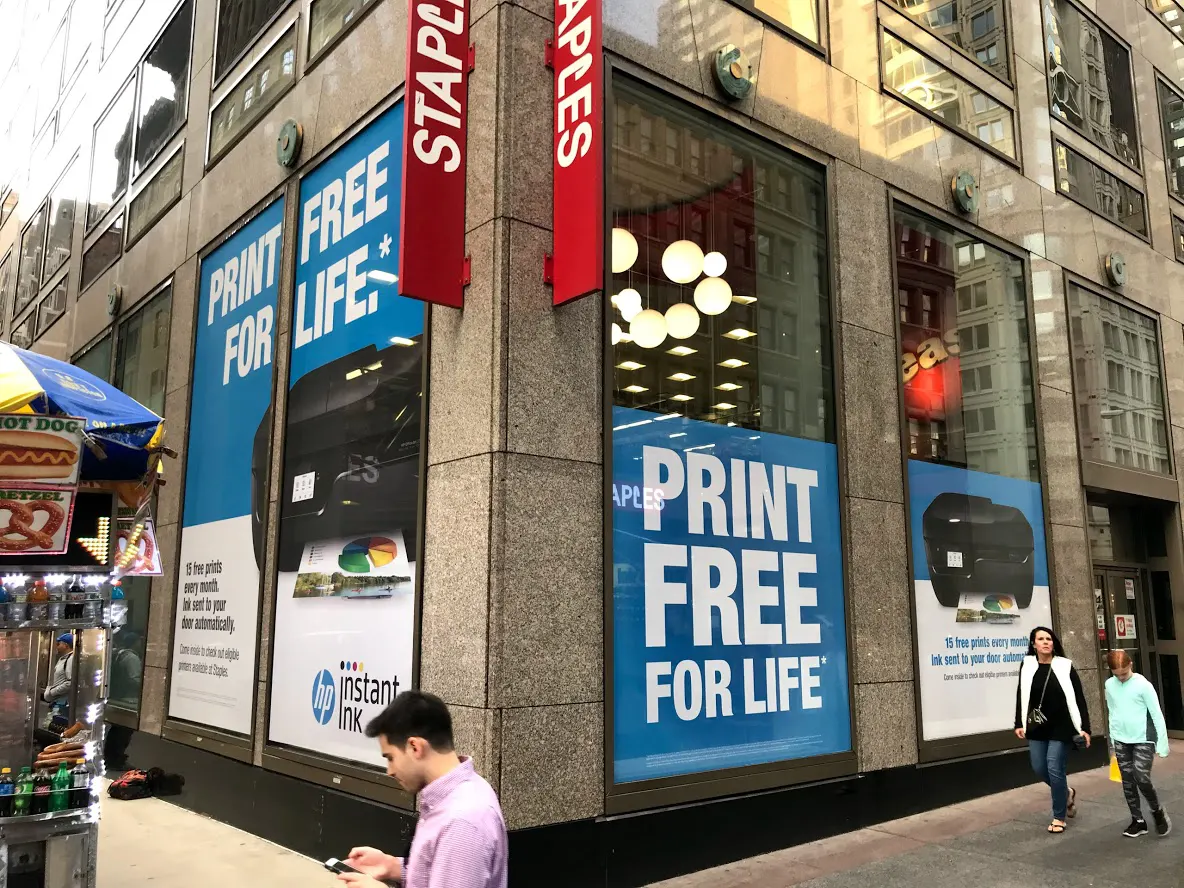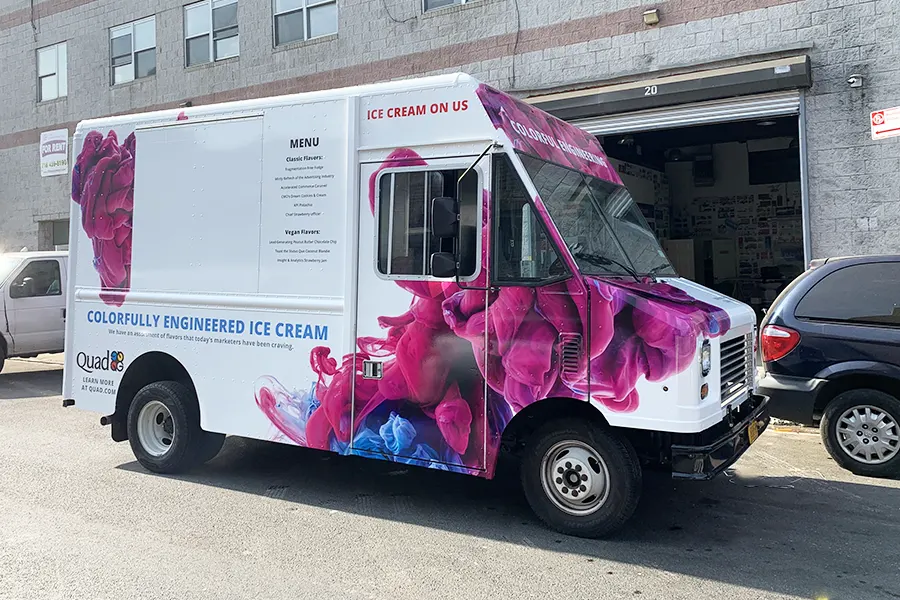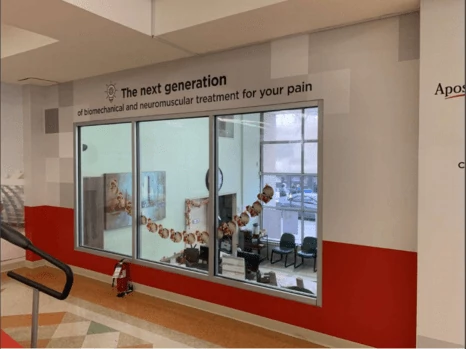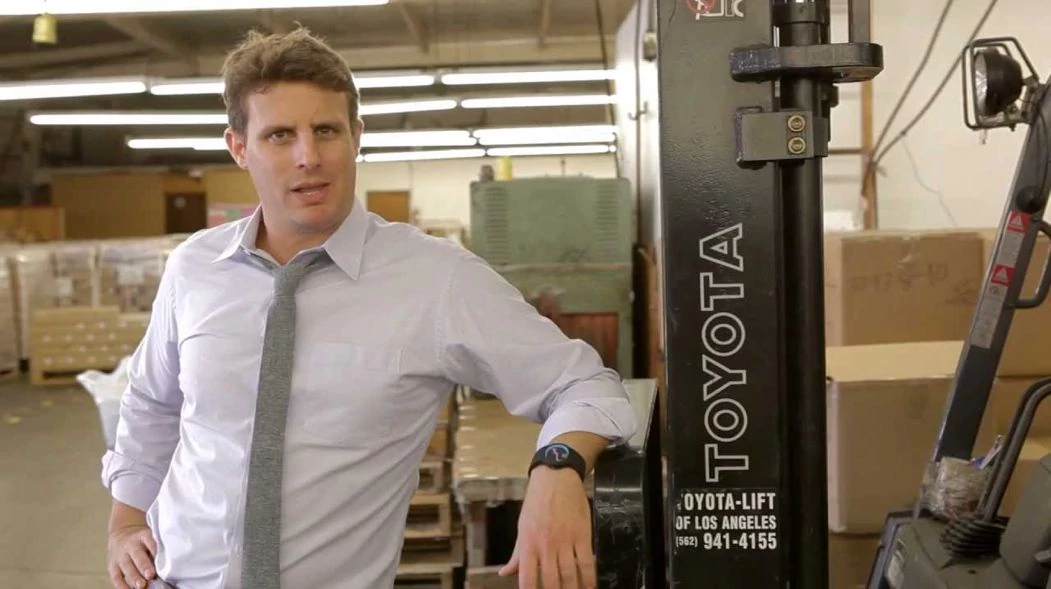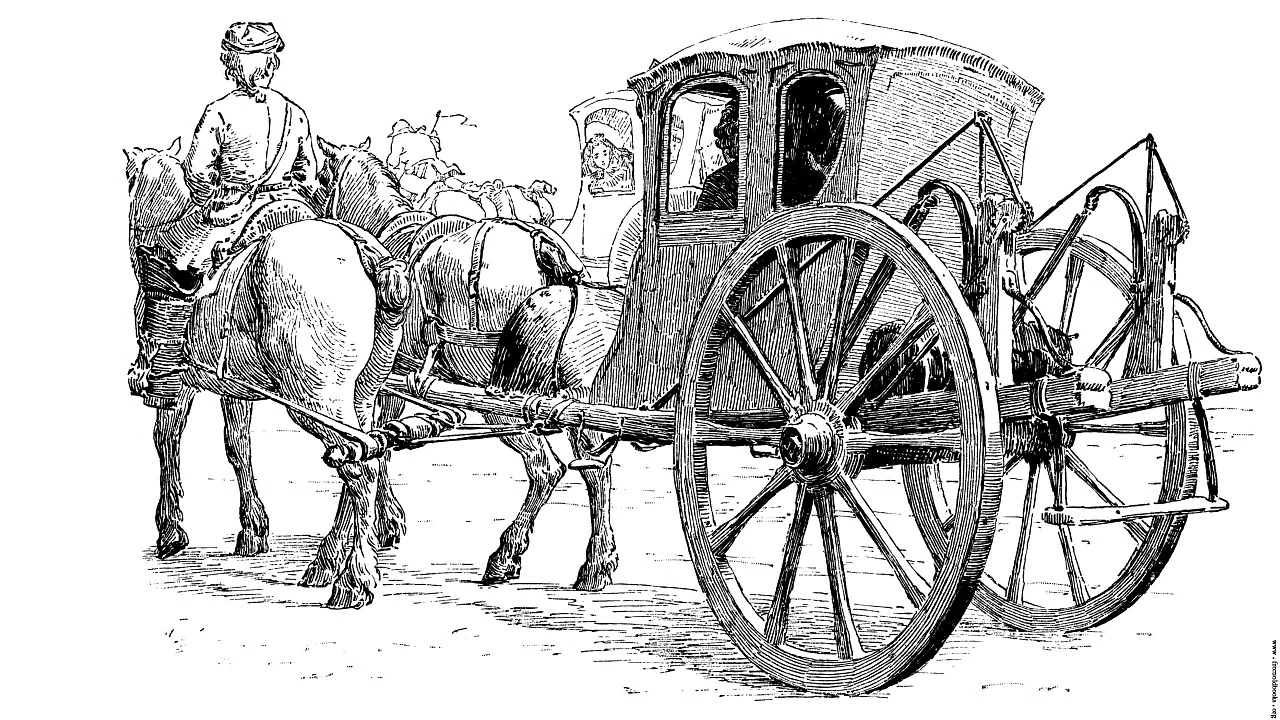
It is easy to think that wrap is a new way to advertise. However, little do people know that it is hands down one of the oldest ways businesses have been using to reach more people.
Quick 411 on how vehicle wraps started, and evolved into what we see today
Some might say that the history of vehicle advertising begins with the invention of vinyl in 1920s. That is true to an extent; however, people have been using their wheels to showcase their specialties since way back. In medieval times, people would often imprint their family crest, insignia or coat of arms on to their carriages.
Circuses and showmen would also often decorate their carriages with graphics depicting their skill, and when trains started picking up in the 1800s, companies would to paint unique graphics in order to identify which car was carrying which cargo.
By the 1900s more and more brands began to realize the potential of painting some form of advertisement onto their horse-drawn carriages. In fact, every business which needed to deliver their products more often such as baked items, ice, and milk found immediate utility in using their carriages to advertise their services.
In February of 1920 Milton Hershey became the first person to paint his brand name – Hershey’s Cocoa on his Lancaster automobile. Later on, more elaborate designs such as those by Kolb bakery would emerge.
The invention of vinyl
For the most part, any advertisements that needed to go on a vehicle were done with ye old paint. However, soon it was realized that something a bit more flexible was needed.
In 1926, a scientist by the name of Waldo Semon accidentally discovered a way to make PVC (Polyvinyl Chloride) more malleable while attempting to create an adhesive. In doing so, he managed to turn an otherwise brittle substance into an easily shapeable one. Suddenly, vinyl could be turned into extremely flexible sheets and then cut as required. His discovery spawned an entire industry, revolutionizing packaging, construction, automotive and a host of other sectors.
Even though, the idea that vinyl could be cut and pasted as ad on uneven surfaces began to surface, it won’t be until the 1980s that the prices would have fallen enough to justify its use on a commercial scale.
By the 1990s, large vinyl based ads began seeing the light of day thanks to digital electrostatic printers which could create the required art on them. In Germany, taxis were required to adopt a beige color by law. As coloring the taxis with beige paint made it almost impossible to sell them later, an enterprising distributor by the name of Kay Premium Marketing films came out with a beige colored vinyl wrap which could be applied and removed as and when needed.
It is believed that the very first vinyl based vehicle ad was implemented by Pepsi in 1993 for promoting its Crystal Pepsi product. The idea was an instant hit and other brands began to adopt it quickly as well. Vinyl based vehicle ads had finally arrived on the marketing scene!
Conclusion
Vinyl based wraps have only grown in popularity since their first appearance for a simple reason – they work. The ability to use a vehicle as a moving billboard which can be changed almost on a whim is unprecedented. Want to learn how you can turn your vehicle into impression generating machines? Give us a call or drop us a line and see how we can help you out!

